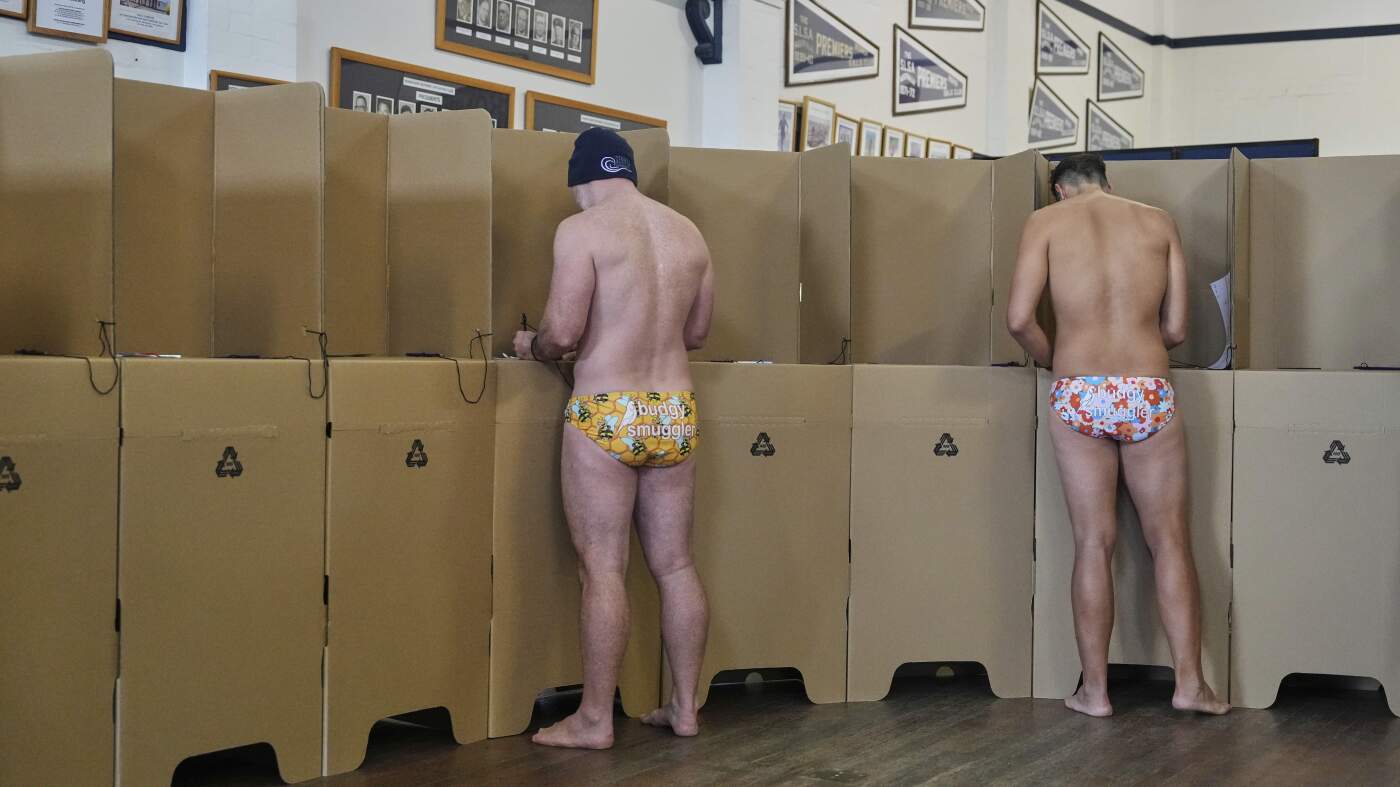Australia’s 2025 Election: A Nation at Economic Crossroads
Introduction: A Pivotal Moment in Australian Politics
As Australians headed to the polls on May 3, 2025, the nation faced a defining moment. The election wasn’t merely a contest between political parties—it was a referendum on how to address two of the most pressing challenges of the decade: the housing crisis and the soaring cost of living. With economic stability hanging in the balance, voters weighed competing visions for the future, making this one of the most consequential elections in recent history.
The Housing Crisis: A Dream Out of Reach
Skyrocketing Prices and Shrinking Supply
Australia’s housing market has reached a breaking point. Property prices and rents have surged to unprecedented levels, pushing homeownership out of reach for many young families and low-income earners. The crisis has been fueled by a perfect storm of inflation, supply chain disruptions, and a wave of construction company collapses, which have further tightened the market.
Competing Policy Solutions
The Labor Party and the Liberal-National Coalition presented starkly different approaches to tackling the issue:
– Labor’s Plan: Focused on boosting social housing, offering grants for first-home buyers, and increasing rental assistance. Their strategy leaned heavily on government intervention to stabilize the market.
– Coalition’s Approach: Emphasized deregulation, faster planning approvals, and tax incentives for developers to spur private investment in housing.
Meanwhile, the Greens and independent candidates pushed for even more radical measures, including rent freezes and higher taxes on property investors.
The Cost of Living: Squeezing Household Budgets
Inflation’s Grip on Everyday Life
Beyond housing, Australians have been grappling with rising costs across essentials—groceries, fuel, electricity, and healthcare. Inflation has eroded wages, leaving many families struggling to keep up. The economic strain has been particularly acute in regional areas, where job opportunities are scarcer and public services are stretched thin.
Economic Policies Under Scrutiny
– Labor’s Proposals: Advocated for wage increases, expanded welfare support, and infrastructure projects to stimulate employment.
– Coalition’s Counter: Promised tax relief for middle-income earners and businesses, arguing that reducing government spending would curb inflation.
The debate over fiscal policy became a central battleground, with each side accusing the other of economic mismanagement.
The Political Battlefield: A Fragmented Landscape
A Tight Race with No Clear Favorite
Entering the election, Labor held a razor-thin majority of 78 seats in the 151-seat House of Representatives. However, voter dissatisfaction with both major parties had boosted the influence of minor players:
– The Greens gained traction with progressive voters, demanding stronger climate action and wealth redistribution.
– Independents (often referred to as the “Teal” candidates) capitalized on frustration with partisan gridlock, winning over traditionally safe seats with promises of local-focused governance.
A Campaign Defined by Distrust
The election cycle was marked by fierce attacks between Labor and the Coalition, with each side blaming the other for the nation’s economic woes. The Greens and independents, meanwhile, positioned themselves as the true advocates for change, arguing that the two-party system had failed ordinary Australians.
The Broader Implications: What’s at Stake?
Policy Shifts on the Horizon
The election’s outcome would determine not just the next government but the trajectory of key policies:
– Housing: Would Australia see more public investment or a market-driven approach?
– Economic Management: Would austerity or stimulus define the next term?
– Political Representation: Could minor parties and independents reshape parliamentary dynamics?
A Test for Democracy
The surge in support for non-major parties signaled a growing demand for political renewal. Whether this would lead to lasting change or further instability remained an open question.
Conclusion: A Nation’s Choice Between Continuity and Change
Australia’s 2025 election was more than a political contest—it was a moment of reckoning. With housing affordability and living costs dominating the discourse, voters faced a clear choice: stick with the status quo or demand a new direction.
As the results rolled in, one thing was certain: the decisions made in this election would echo for years, shaping the economic and social fabric of the nation. Whether the next government could deliver solutions—or deepen the divides—would determine not just its legacy, but the future of the Australian dream.











